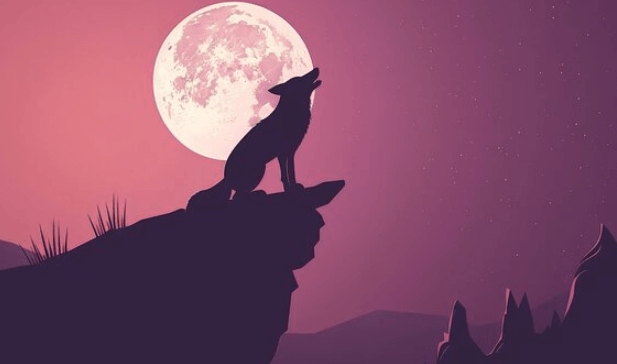Outline:35ccrpb9cyw= Howling Wolf

The howling wolf epitomizes a profound intersection of nature and culture, serving as a poignant reminder of both the individual’s plight and the collective strength found within a pack. This duality is particularly evident in various cultural interpretations, especially within Native American mythology, where the wolf often symbolizes guidance and loyalty. Artistic representations further illuminate these themes, inviting reflection on humanity’s relationship with the wild. As we explore these dimensions, one must consider how the howl of the wolf resonates within our own lives and its implications for understanding community and solitude.
Cultural Significance of Wolves
Wolves have consistently held a significant place in various cultures worldwide, often symbolizing both the dualities of nature—fierce predator and loyal companion.
This wolf symbolism reflects their vital ecological role as top predators, maintaining the balance within ecosystems.
Their presence influences prey populations and habitat dynamics, making them essential for biodiversity, and serving as a powerful metaphor for the interplay between strength and loyalty in human societies.
Wolves in Native American Mythology
In Native American mythology, the wolf often embodies a complex array of traits, representing both wisdom and cunning, while serving as a potent symbol of the interconnectedness of life and the importance of community.
Wolf symbolism is prevalent in various wolf legends, illustrating the animal’s role as a teacher and guide, emphasizing virtues such as loyalty, perseverance, and the balance between nature and humanity.
Read also Outline:-Ftiu68bx90= Mickey Mouse Tattoo
Artistic Representations of Wolves
Artistic representations of wolves span various cultures and mediums, reflecting the animal’s multifaceted symbolism and its enduring presence in human imagination.
Wolf symbolism often embodies themes of loyalty, strength, and freedom, while wolf art showcases diverse interpretations, from indigenous carvings to contemporary paintings.
These works not only celebrate the wolf’s physicality but also explore complex emotional and spiritual connections that resonate with audiences globally.
Conclusion
The symbolism of the howling wolf transcends mere representation, encapsulating complex themes of communication, community, and the duality of solitude.
For instance, in a hypothetical case study of a wolf pack in Yellowstone National Park, the synchronized howling not only reinforces social bonds but also serves as a territorial declaration, illustrating the intricate balance between individuality and collective identity.
This multifaceted nature of wolf howls continues to inspire artistic and cultural interpretations, affirming their enduring significance in human consciousness.






